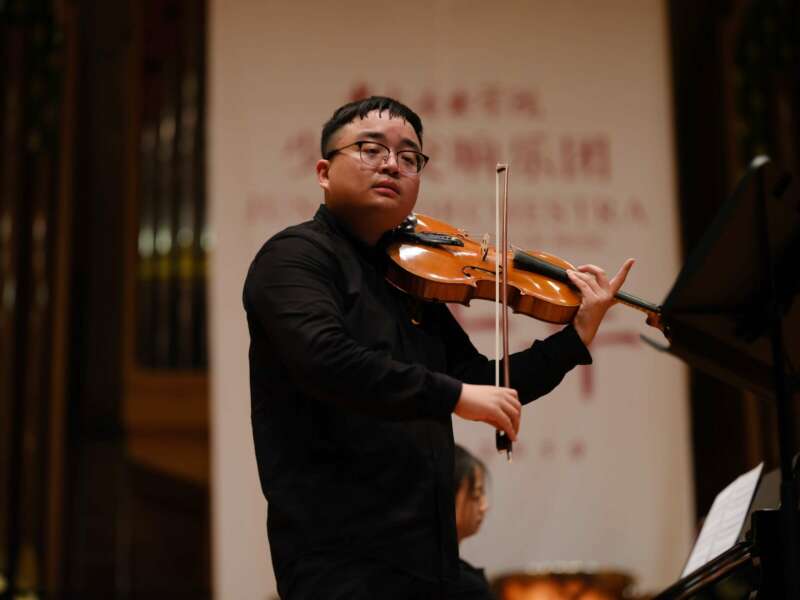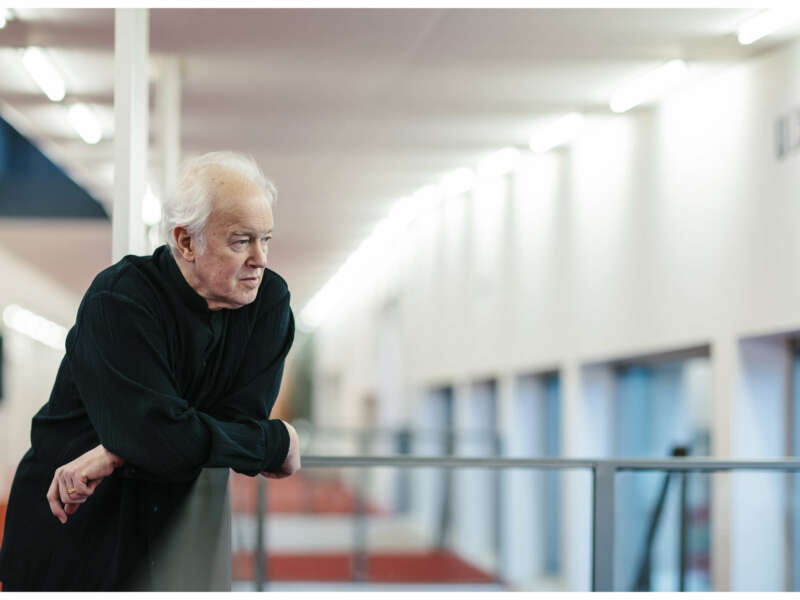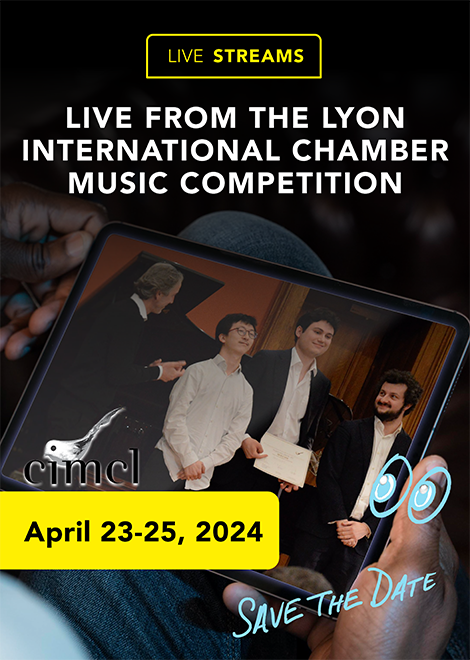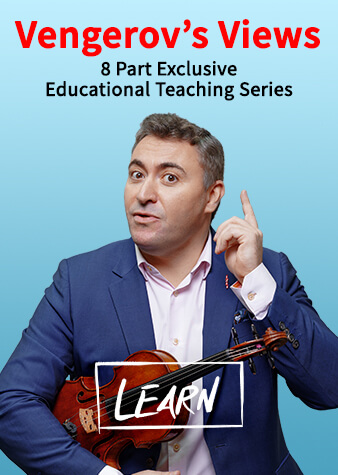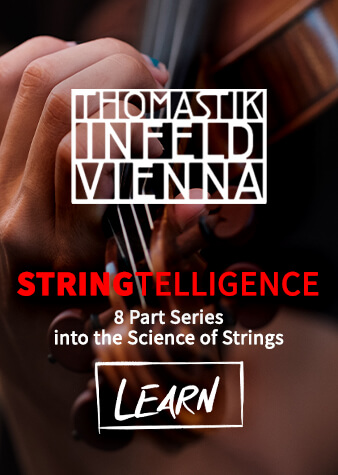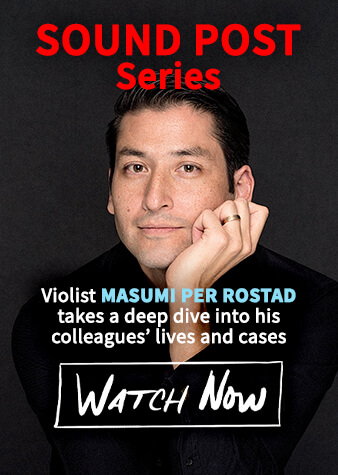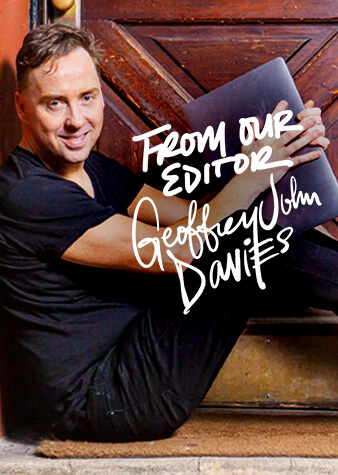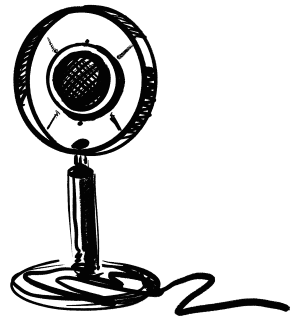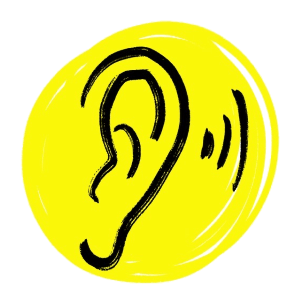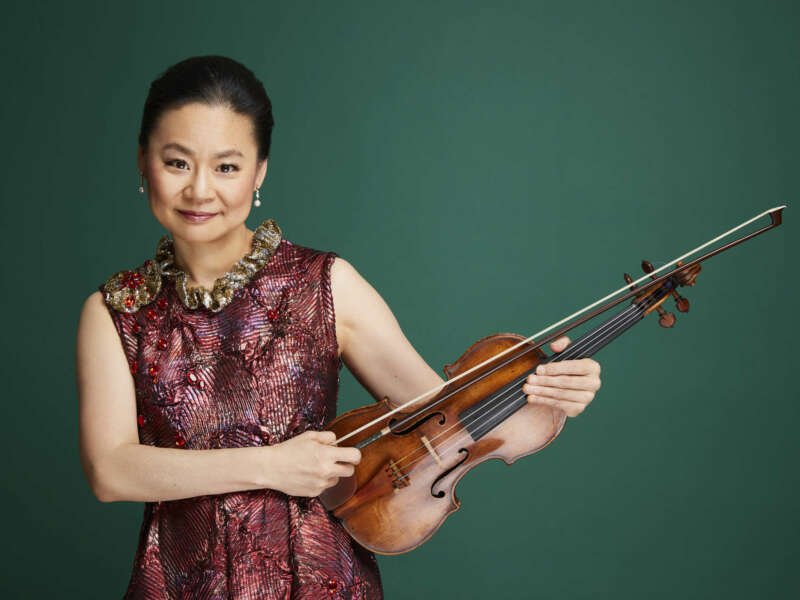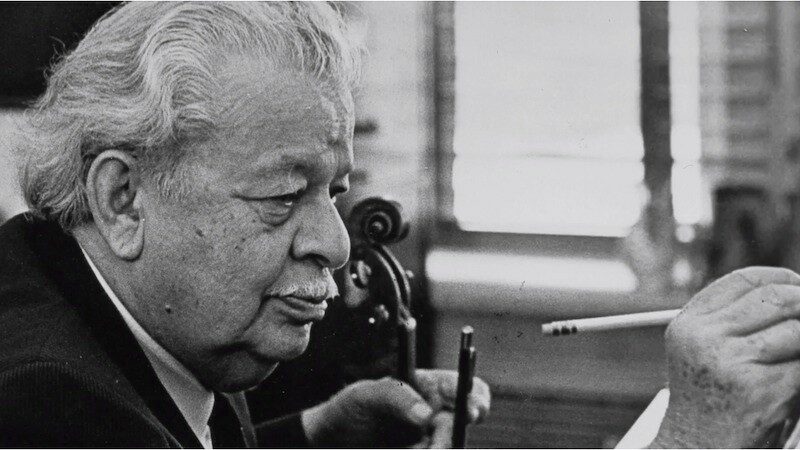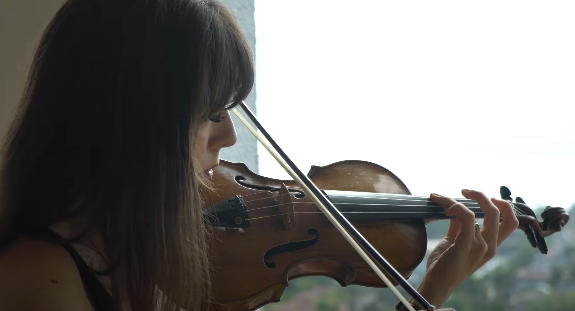Violin Pedagogue Miriam Fried Shares the Secret to Playing Fast Without Tension
"What's the secret to playing fast without tension?" We threw the question over to violin pedagogue Miriam Fried to seek her advice.
Fast passages are hurdles that any aspiring violinist has to conquer. Tricky as they may seem, as one is required to have absolute coordination in both hands, tension in the muscles can gradually develop if we are unaware of our posture and position while playing a stringed instrument. What can we do to then play fast without tension? VC reader Michelle was curious to find out.
What are some ways you have discovered that could help reduce tension while playing fast passages on stringed instruments? Please leave a comment below, we are keen to know your thoughts.

Miriam Fried lets us in on a Secret to Play Fast Passages Without Tension
Dear Michelle,
Tension is one of the more serious issues facing every violinist. If left unresolved, it can seriously limit one's playing ability, and in extreme cases it can also cause serious injury. The causes of tension are varied, and so are the solutions. Let us look at tension as it relates to fast playing.
Our body is a symmetrically constructed "machine". Therefore, it naturally does best when both arms are asked to do the same thing, preferably mirroring one another.
One of the inherent difficulties of violin playing stems from the fact that the right and left hands are required to engage in totally different activities. This discrepancy is often the root cause of tension. The faster we need to move, the tenser we seem to get. Understanding what each hand needs to do and figuring out the coordination between the two is an important step to success.
The left hand is the one responsible for pitch. The way the fingers move on the fingerboard can be likened to walking: as you put one foot on the ground, you prepare the next step by lifting the other. While the pitch is produced by placing the finger on the fingerboard, agility and speed depend on lifting the fingers off the fingerboard. The faster you want to move, the lighter the touch of the fingers should be, the more you should focus on lifting the fingers. In order to move quickly it is important to keep the thumb loose. Since the thumb wants to instinctively grip anything it comes in contact with, it is necessary to monitor it closely. Also, the thumb needs to accommodate the ability of the fingers to reach the string easily by constantly adjusting its position. So keep it as flexible as possible.
Fingerings are important in that it is easier to move fast and efficiently when the notes are grouped into patterns that repeat themselves.
The right hand: When playing spiccato, it is best to play in the middle of the bow or higher. Using the lower half of the bow makes the arm heavy and that in turn creates tension.
String crossing is a main concern, both when playing separate notes and in legato passages. It is necessary to actually memorize how many notes are played on each string in order to cross strings properly. You want your elbow to guide the crossing motion and bring you closer to the new string before you actually need to play on it.
Think that the elbow is actually tracing the shape of the bridge on a large scale. The smoother the string crossing, the easier it is to play.
Economy of motion is another important principle to remember. The faster you want to move, the less bow you should use.
Just as with the left hand, it is important to avoid squeezing the thumb. A squeezed thumb locks the wrist, which in turn locks the elbow and shoulder. That kind of tension is unwise no matter what the speed, but is detrimental when we need to move quickly.
Because of our body's symmetry, tension in the left arm will often cause reciprocity in the right and vice versa, and so releasing one will almost always help to release the other.
Lastly, breathing releases tension in the arms and neck, and is essential to relaxation. As one never forgets to inhale, it is exhaling that needs to be the focus when playing. It is easiest to exhale just before a difficult passage. I find it useful to plan points where one can easily exhale. You actually need to practice doing so. Happy practicing,
–Miriam
Do you have a burning question for one of the Pros? Simply email: [email protected]
Miriam Fried has been recognized for many years as one of the world’s preeminent violinists. A consummate musician – equally accomplished as recitalist, concerto soloist or chamber musician – she has been heralded for her “fiery intensity and emotional depth” (Musical America) as well as for her technical mastery. Her supreme blend of artistry and musicianship continues to inspire audiences worldwide.
april 2024
may 2024




